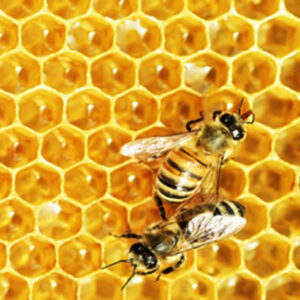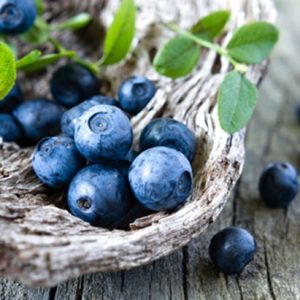Diverse Cargo at Humboldt Cargo: Bees and Fruit to the World
Introduction
Did you know that Chile is internationally recognized for exporting live queen bees and high-quality fresh fruit? In 2024, queen bee exports increased by 52%, with Canada and Europe as the main destinations—thanks to the country’s genetic purity and strict sanitary controls.[1]
Founded in 2011, Humboldt Cargo S.A. has more than two decades of experience in air exports of horticultural products. The company is accredited by the DGAC, IATA, and the Chilean National Customs Service, and is an active member of ALOG Chile and WCAworld. This technical foundation allows us to efficiently manage complex exports such as live bees and fresh fruit, in compliance with demanding international standards.
Live Bee Shipments

Transporting live bees requires compliance with strict international regulations and documentation processes:
- Regulatory packaging: Hives or packages must be completely sealed, have secure ventilation, and display visible “Live Bees” labeling on all sides, in addition to meeting packaging standards for live animals as defined by IATA or APHIS.[2][3]
- International health certificate: A phytosanitary certificate issued by an official authority (such as SAG in Chile or APHIS in the U.S.) is required, and it must be issued no more than 10 days prior to shipment.[4][5]
- Environmental transport conditions: Critical parameters such as temperature, ventilation, and positioning must be controlled throughout air or land transit to ensure the viability of live bee shipments, following international live animal regulations.[3][6]
At Humboldt Cargo, we meticulously coordinate each step of the process: from document review and phytosanitary certification to airport handling and in-transit monitoring. This enables Chilean producers to successfully export live bee colonies to destinations such as the U.S., Canada, and the Middle East, in full compliance with current regulations.
Fresh Fruit Shipments

Fresh fruits, due to their high sensitivity and short shelf life, require a highly specialized logistics design to ensure freshness from the field to the international consumer:
- Controlled cold chain: Refrigerated containers (reefers) and controlled atmosphere (CA) technologies are used to maintain appropriate temperature and humidity during transport—key to preserving the quality and shelf life of fresh fruits.[7]
- Specialized technical packaging: Fruits are packed in ventilated boxes with thermal protection and materials that prevent physical damage, moisture buildup, or mold growth.[8]
- Compliance with international standards: Exporters must meet certifications such as GlobalG.A.P. and HACCP, as well as implement traceability systems with batch numbers and GTIN codes, which are required in markets such as the European Union, the U.S., and Asia.[9]
- Recent export data: According to the National Customs Service and ODEPA (Office of Agricultural Studies and Policies), Chile exported more than 2.5 million tons of fresh fruit in 2023, valued at over 7 billion USD, with cherries, blueberries, nectarines, and figs standing out.[10]
Humboldt Cargo coordinates these processes with precision, from the harvest area to the point of delivery, ensuring that the fruit arrives in optimal condition while meeting all international sanitary and trade requirements.
Multimodal Logistics

Thanks to our multimodal network—land, air, and sea—we offer flexible logistics solutions:
- Adaptability in delivery routes and times.
- Cost optimization based on urgency, cargo type, and destination.
- Door-to-door service, including consolidation, inspections, and customs clearance.
Advantages of Working with Humboldt Cargo

- Technical expertise: We understand and apply international regulations for live cargo and food products.
- Infrastructure and equipment: We have access to MAP services, refrigerated units (reefers), and specialized logistics centers.
- Global coverage: From any point in Chile to more than 30 countries worldwide.
- Personalized support: We guide you through the entire process, from quotation to delivery.
Do You Need Logistics Support for Your Exports?
Contact us today. Our team will evaluate your case and propose an efficient, safe, and tailored logistics solution for your cargo.
References
- InfoAnimales – The International Boom of Chilean Queen Bees (2024)
- USDA APHIS – Regulations for Shipping Live Animals and Packaging Requirements (Honey Bees and Other Bees, 7 CFR 322)
- USDA APHIS – Live Animal Exports and International Animal Product Export Regulations (IRegs)
- FAIRS Export Certificate Report (Santiago, Chile) – Sanitary Certificates for Live Animals
- SERNAPESCA (Sanitary Certification Manual) – Maximum Validity of 10 Days for Phytosanitary Certificates
- Trade.gov – Agricultural Trade and Export Regulations of Chile: International Standards for Live Animal Transport
- SAG – Basic Aspects of Exporting Agricultural Products
- ODEPA – Fresh and Processed Fruits
- SAG – Country-Specific Export Requirements
- SAG – Guidelines for Fresh Fruit Export via Sea-Air Route to China

